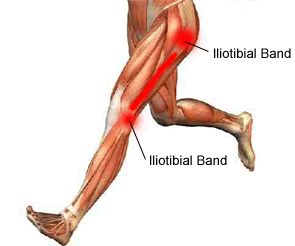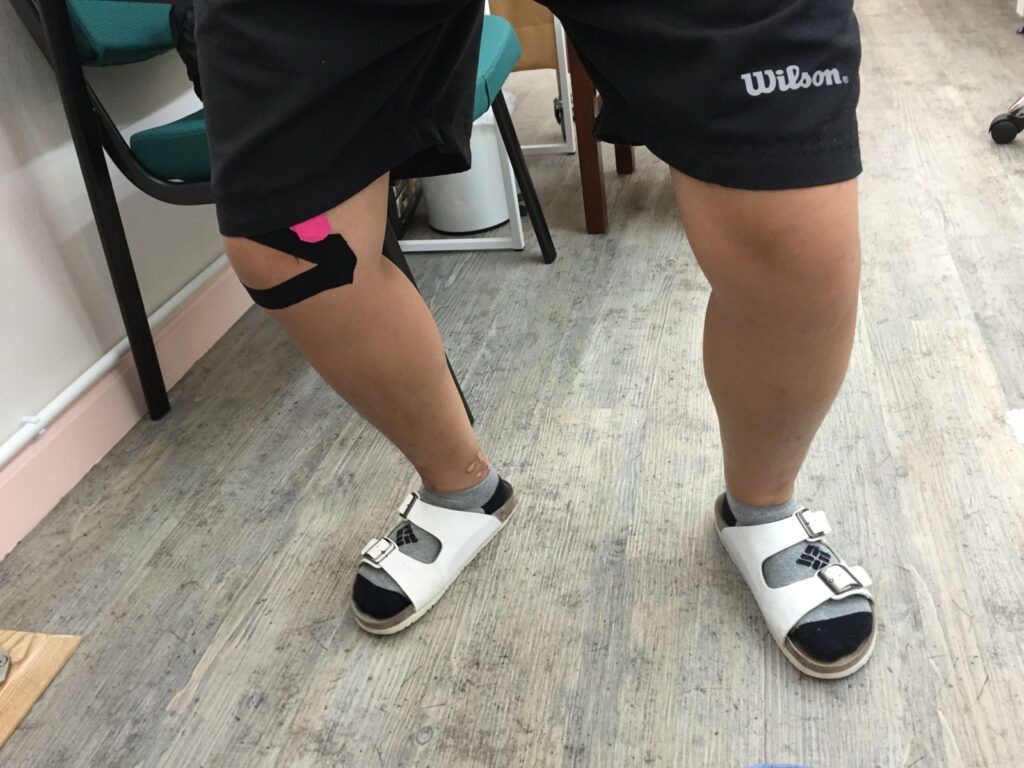What Is Biomechanics?
Biomechanics means the way your body moves and how forces act on it.
It looks at how your muscles, joints, and bones work together when you walk, run, sit, lift, or do any activity.
When your movement is not well balanced — for example, if one muscle is weak, a joint is stiff, or your posture is off — your body starts to compensate, which can lead to pain, tightness, or injury over time.
💡 Why It Matters
By analysing your movement, a physiotherapist can find out:
- Which muscles are overworking or underworking
- Which joints are too stiff or too mobile
- How your posture or walking pattern affects your pain
- What exercises or corrections can help your body move more efficiently
🧠 In Simple Terms
Biomechanics is about finding the cause of your pain — not just treating the symptoms.
When your body moves in the right way, muscles share the work evenly, joints stay protected, and movements feel smoother and easier.
Example
If your knee hurts when you walk, the problem might not be in your knee — it could come from your hip alignment, weak gluteal muscles, or foot mechanics.
Biomechanical assessment helps us trace that chain and fix the real issue.
Pain is often caused by muscle imbalances and wear and tear in malaligned joints. Through detailed analysis of your posture and dynamic gait pattern, it is possible to identify problematic muscles and joints. By stretching shortened muscles and strengthening weakened ones, we can help realign the joints into a biomechanically advantageous position. This minimizes wear and tear, enhances joint function, and allows movement with greater efficiency and less effort.
A common example of this is runner’s knee. Pain typically appears along the outer (lateral) side of the knee after prolonged running. This condition often affects amateur runners who rarely stretch. The usual cause is a tight iliotibial band (ITB) combined with weakness in the vastus medialis oblique (VMO)—the inner part of the quadriceps muscle. This imbalance causes the kneecap (patella) to track laterally, leading to friction and gradual wear on the outer surface of the patella, resulting in lateral knee pain.

The key to treatment is to stretch the ITB and strengthen the VMO. These exercises must be specific and well-targeted. When the ITB is extremely tight—feeling almost like a rubber band—it can be further released using therapeutic modalities such as ultrasound, dry needling, or Kinesio taping. Strengthening the VMO, on the other hand, can be challenging as it must be activated independently from the rest of the quadriceps.
This is why treating lateral knee pain is more complex than it may seem—it requires precise assessment, targeted exercises, and proper understanding of biomechanics.


